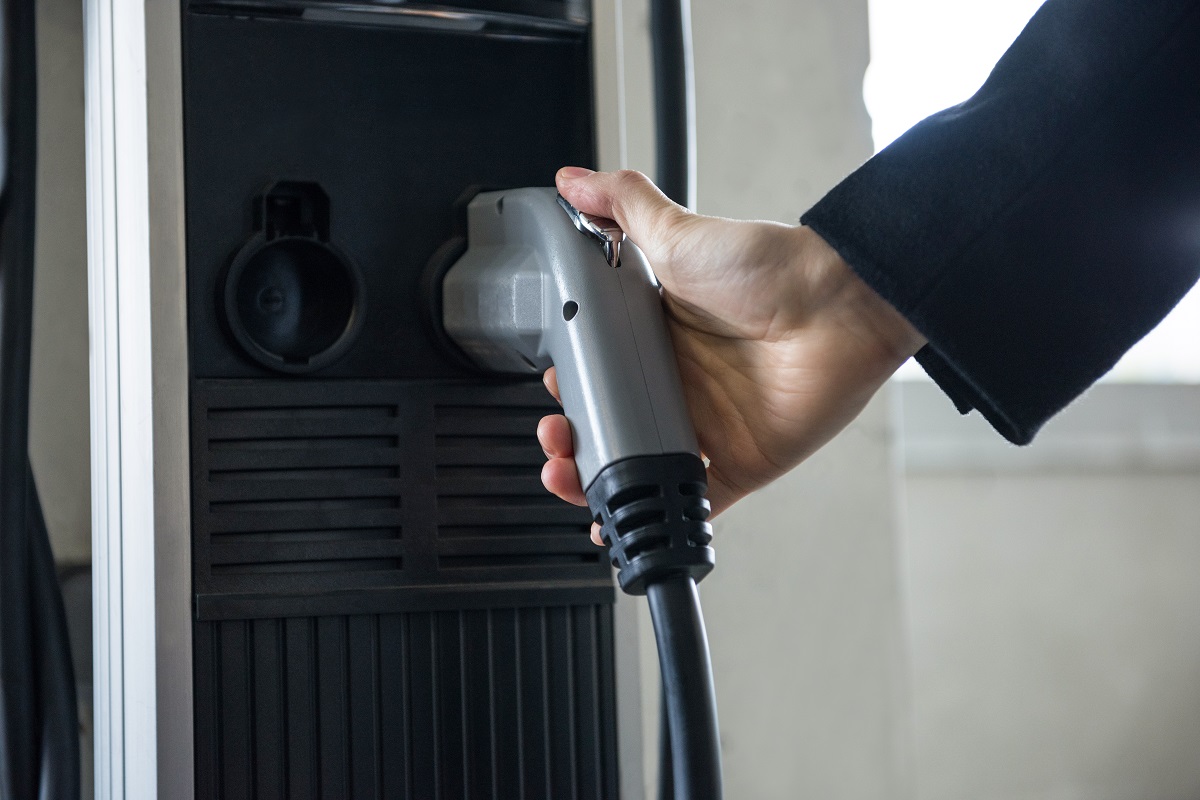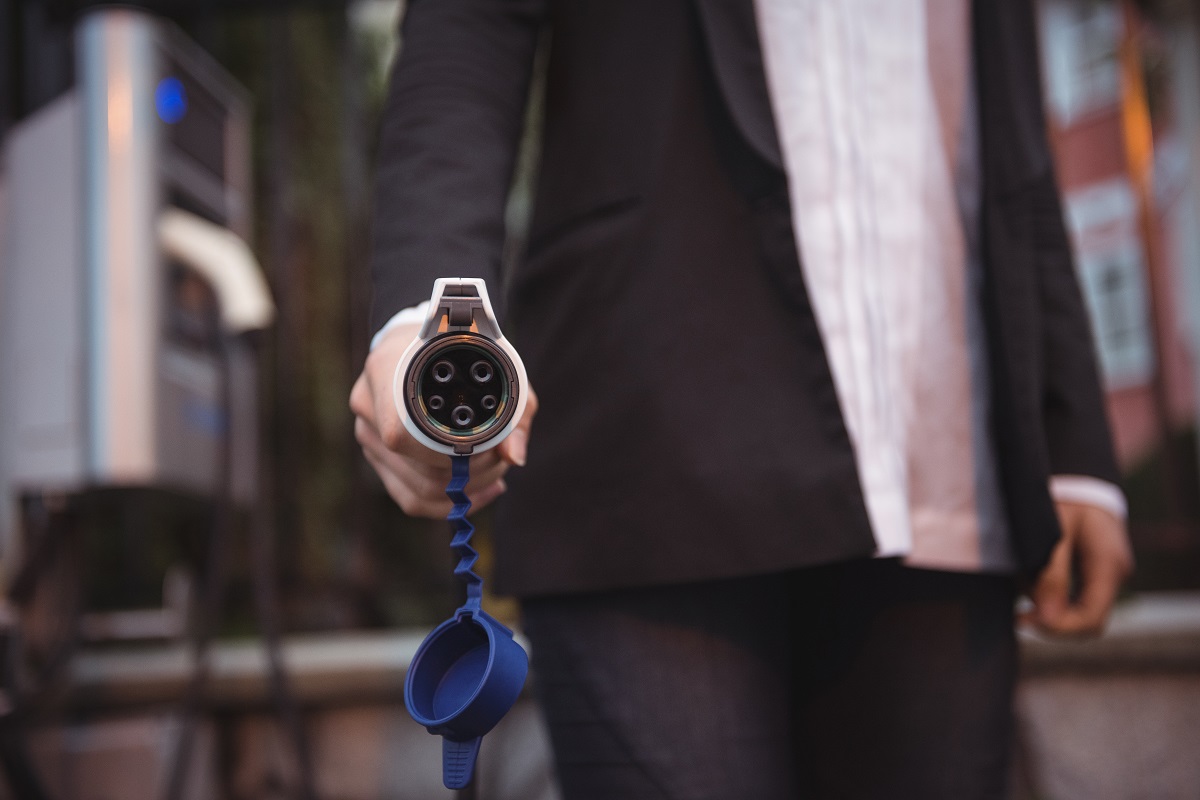What are the types of charging process for hybrid cars?
- Self-Charging Hybrids
- Mild Hybrids
- Plug-in Hybrids
If you’ve heard of hybrid cars, you’re probably asking how they charge. Do they need to be charged like cellphones and tablets? If so, how do you plug them in? To answer all these questions and more, we listed down information about the charging process of hybrid cars! Read on!
Self-Charging Hybrids
Also known as the standard hybrid cars, this type charges without the need for a plug-in charger. How? Through the process, we call ‘regenerative braking’. Before we get to that, let us first discuss the power supply of a self-charging hybrid car.
A hybrid car has a gasoline engine and an electric motor to power it up. As you accelerate your driving speed, the excess energy will be converted to electrical energy. As you slow down your drive and come to a brake, the electronically controlled brake system (ECB) converts the kinetic energy into electrical energy that can be stored for later use. This is the process that is commonly known as regenerative braking.
To keep it simple, a self-charging hybrid car doesn’t need to be charged manually because it is fully autonomous. It can charge itself as you use it on the road. This means that you can use your hybrid like a conventional car. You only have to fill up the petrol from time to time.
Mild Hybrids
To avoid confusion, we separated the mild hybrids from the standard self-charging hybrids. Mild hybrids have a smaller battery pack than the previous type, which means that the car cannot use pure electric power while running. Instead, the battery supports the car by making a smoother start-stop and assisting the engine in times of hard acceleration.
While mild hybrids don’t offer more electric power unlike the other types, it can still help reduce fuel consumption a little. It can also self-charge through regenerative braking. It is relatively cheaper because of the smaller battery pack.
Plug-in Hybrids
Compared to standard hybrids, this type has the option of plugging in to charge the electric battery. They come with bigger batteries, which means that a long drive can be operated with just using pure electric power. When the battery is fully consumed, the engine will take over as the battery is being charged while on the move.
A plug-in hybrid can be charged in your house using a 120 volt or 240-volt charger. The standard charging time on the first one is around 5 hours while on the latter you can get it full in 2 hours.
This will give you options in powering up your vehicle. You can opt to plug in your car in your house and charge it when the battery is low so you can use it in pure electric mode. Or fill up the petrol tank often and use the car in hybrid mode.
Key Takeaway
We hope this guide on the charging process of hybrid cars helped answer some of your questions. In summary, standard hybrid cars have a self-charging capacity. This means that you don’t have to think about plugging it in and just run it like a conventional engine-powered car. There is also a mild hybrid that can self-charge but has a smaller battery.
On the other hand, a plug-in hybrid has to be charged manually through a household current if you want to operate on pure electric mode. But it can also self-charge when the battery is depleted on the road.
If you have any additional questions and inquiries, do not hesitate to contact us on this page. You can also read our other blogs for more information.



